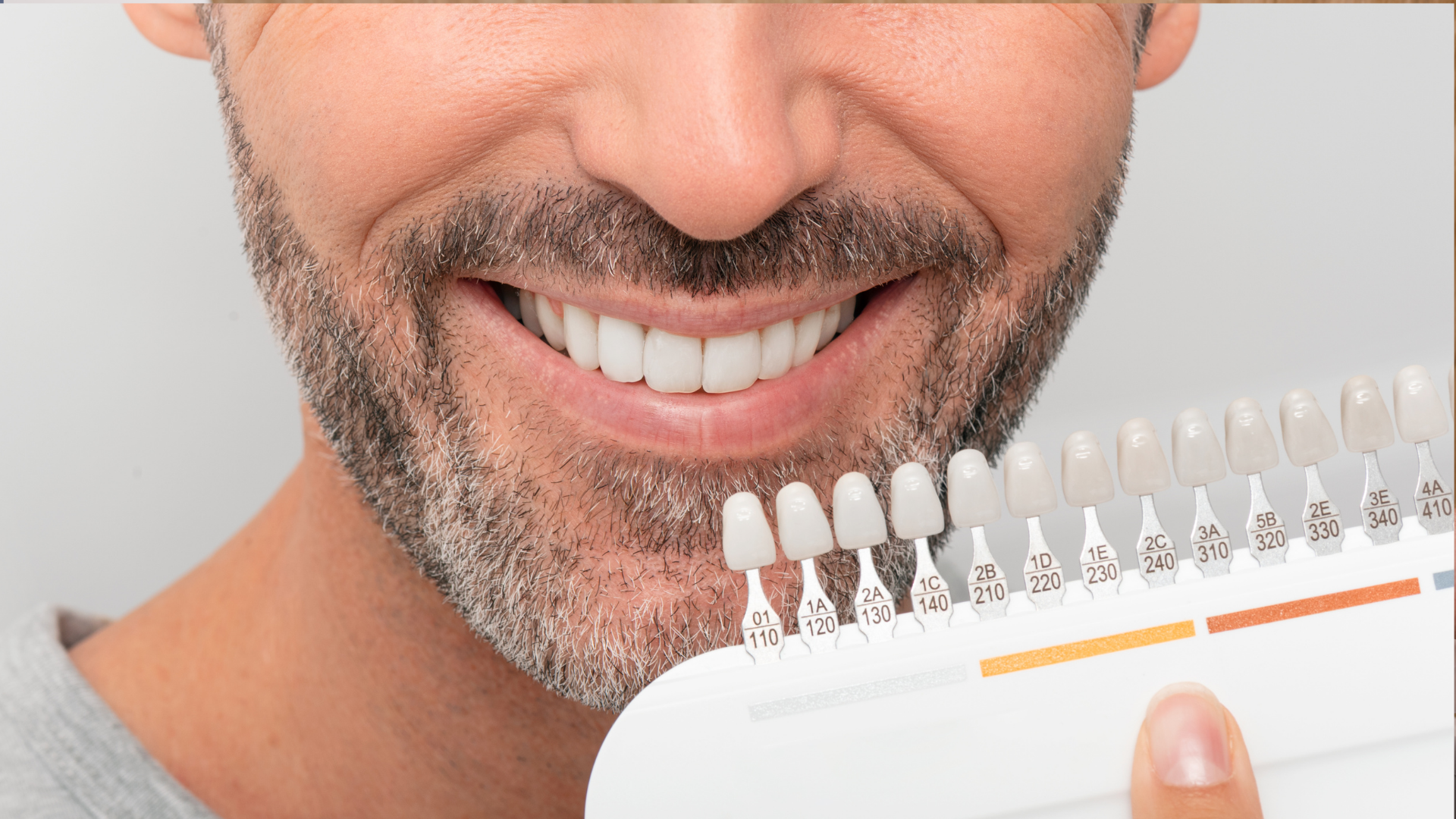TMJ
TMJ
Introduction:
Temporomandibular joint (TMJ) disorders can significantly impact one's quality of life, leading to jaw pain, headaches, and limitations in jaw movement. It is important to distinguish TMJ disorders from bruxism, as they are distinct conditions with different underlying causes and treatment approaches. In this article, we will explore the characteristics of TMJ disorders, the difference between TMJ and bruxism, and the benefits of seeking treatment for TMJ disorders as part of our
Special Services.
Understanding TMJ Disorders:
The temporomandibular joints are the hinges that connect the jawbone to the skull, enabling jaw movement for speaking, chewing, and swallowing. TMJ disorders refer to a range of conditions affecting these joints and the associated muscles, ligaments, and structures. The exact causes of TMJ disorders can vary and may include factors such as jaw misalignment, muscle tension, arthritis, trauma, or even stress.
Differentiating TMJ Disorders from Bruxism:
While TMJ disorders and bruxism can share some symptoms, they are distinct conditions. Bruxism refers to the unconscious grinding or clenching of teeth, often during sleep or in stressful situations. TMJ disorders, on the other hand, involve dysfunction and pain in the jaw joint itself. While bruxism can contribute to TMJ disorders, not all individuals with bruxism develop TMJ disorders, and vice versa.
Signs and Symptoms of TMJ Disorders:
- Jaw pain or tenderness, particularly near the joint area.
- Frequent headaches, including migraines.
- Difficulty or discomfort while chewing, speaking, or opening the mouth widely.
- Clicking, popping, or grating sounds when moving the jaw.
- Locking of the jaw, making it difficult to open or close the mouth.
Benefits of TMJ Treatment:
Pain Relief:
Seeking treatment for TMJ disorders can provide significant relief from jaw pain, headaches, and discomfort. Various treatment modalities, including physical therapy, medication, and lifestyle modifications, can help alleviate symptoms and improve overall well-being.
Improved Jaw Function:
TMJ treatment aims to restore proper jaw function and movement. Through targeted interventions, such as oral splints, exercises, or orthodontic adjustments, individuals can regain the ability to chew, speak, and open their mouths without pain or limitations.
Enhanced Quality of Life:
TMJ disorders can impact daily life, making simple tasks like eating or talking challenging and causing persistent discomfort. Treatment not only alleviates pain but also restores functionality, allowing individuals to enjoy a better quality of life and engage in activities without restrictions.
Prevention of Further Damage: Early intervention and appropriate treatment for TMJ disorders can prevent further damage to the jaw joint and associated structures. By addressing the underlying causes, such as misalignment or muscle tension, treatment helps protect the joints from additional wear and tear, reducing the risk of long-term complications.
Conclusion:
TMJ disorders are distinct conditions that can cause significant jaw pain, headaches, and functional limitations. Distinguishing TMJ disorders from bruxism is crucial for accurate diagnosis and effective treatment. Seeking timely intervention from dental professionals experienced in TMJ disorders can provide relief, restore jaw function, and improve overall quality of life. With targeted treatments and individualized care, individuals can find comfort and regain the harmony of their jaw joints.



